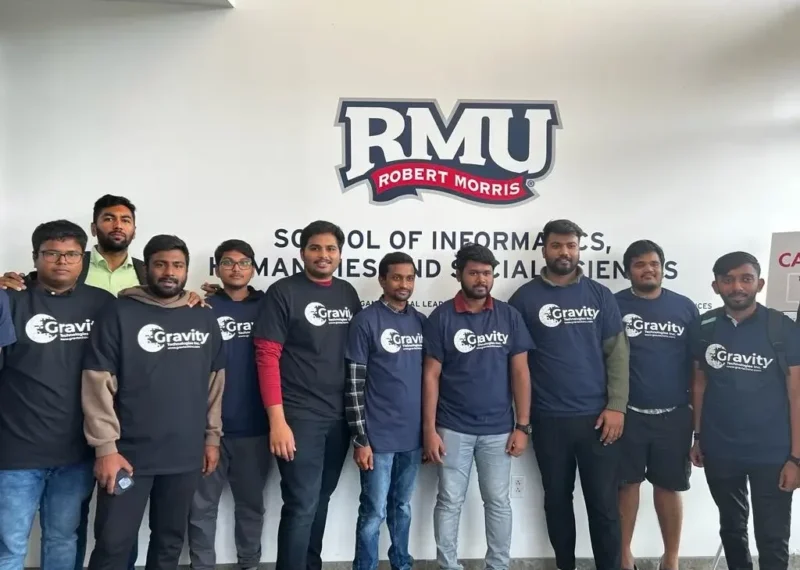The application of Artificial Intelligence (AI) and Machine Learning is causing a revolution to take place in the medical field, which is absolutely essential to our overall health and is currently undergoing a sea change as a result (ML). These technologies are not only improving medical procedures but are also reshaping the entire patient care experience as well as the course that medical research will take.
Diagnostics Are Undergoing a Revolution
Imaging in Medicine: State-of-the-art AI algorithms can sift through thousands of medical images in a matter of seconds, locating patterns and irregularities with an astounding degree of precision. This applies to the early detection of conditions such as Alzheimer’s disease through brain scans as well as heart diseases through echocardiograms, and it is not limited to just the detection of tumors in X-rays.
AI can predict potential health risks by analyzing patient data, which paves the way for preventative measures rather than reactive treatments. This capability is referred to as predictive analysis.
Treatment Programs Tailored to Your Specific Needs
– In the field of genomic medicine, machine learning algorithms are able to decode complex genomic sequences in order to comprehend an individual’s genetic predispositions. This has the potential to lead to more individualized treatments that are based on the genetic make-up of the patient.
Integration of Wearable Technology: Wearable devices that monitor vital stats can feed real-time data into machine learning models, which can then adjust treatment plans dynamically based on the patient’s current state of health.
Drug Exploration and Investigational Studies
AI’s role in the analysis of biological data has made it simpler to understand molecular mechanisms, which in turn has paved the way for the development of targeted drugs in the field of bioinformatics.
Clinical Trials: Artificial intelligence can be used to assist in patient recruitment for clinical trials, ensuring a diverse and suitable pool of candidates and ultimately leading to more precise trial results.
Ethical Considerations and Other Difficulties
– Data Privacy: As a result of the ever-increasing volume of health information that is being processed, it is of the utmost importance to protect data privacy and security.
AI models can exhibit bias if they are not trained on diverse datasets, which can lead to skewed results and recommendations. This is referred to as “algorithmic bias.”
– Human Oversight: Although artificial intelligence (AI) can assist and augment, the final medical decisions should have human intervention. This will ensure that considerations of empathy and ethics are always placed at the forefront.
– Regulations and Standards: As the use of AI and ML applications in healthcare continues to expand, there will be a demand for stringent regulations and standards to ensure the safety of patients and the integrity of their data.
The Path That Lies Ahead
The combination of AI and ML with healthcare holds the promise of a future in which medical interventions will not merely be responsive but also proactive. A future in which patients’ treatments are individualized, with the goal of achieving the highest possible level of success. Although there are obstacles to overcome, the potential rewards far outweigh those challenges. The collaboration of human intelligence with artificial intelligence will, as time goes on, reshape the medical industry, transforming it into one that is more effective, more individualized, and, most importantly, more compassionate.








